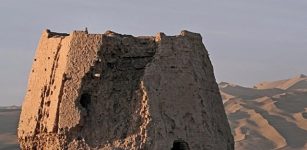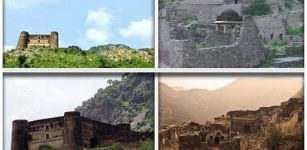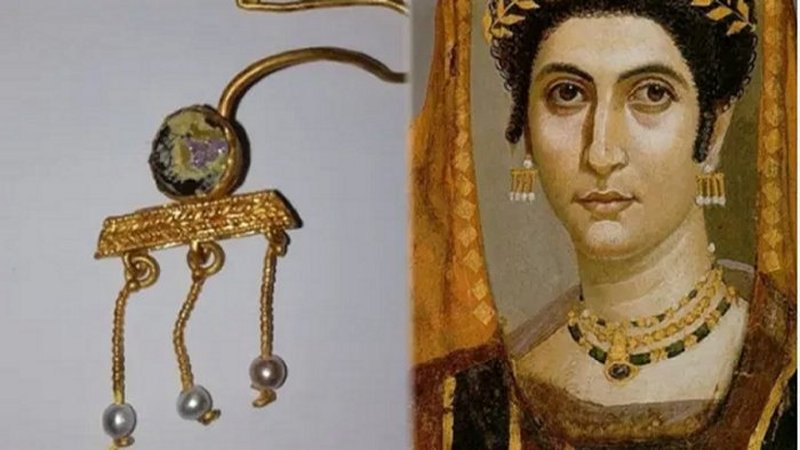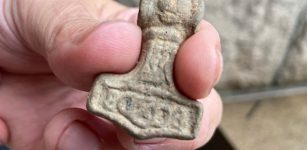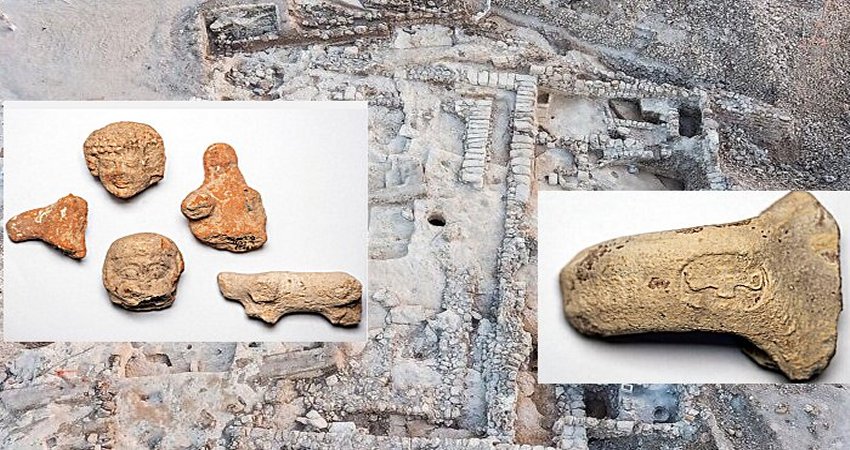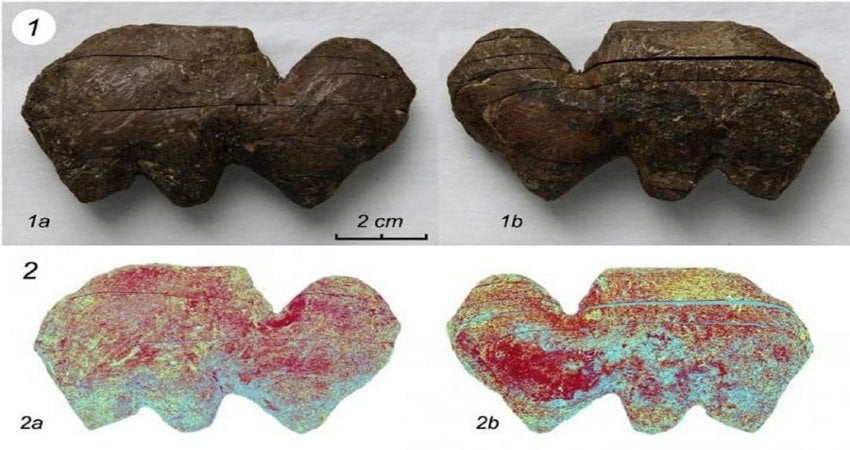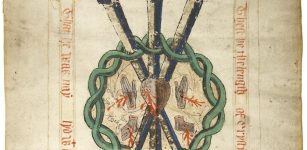Land of Israel: A 5,000-Year-Old Settlement And A Pottery Kiln Unearthed Near Beit Shemesh At The Site Of Hurvat Husham
Conny Waters – MessageToEagle.com – Evidence of early urbanization in Israel includes a public building near Beit Shemesh, possibly a cultic worship site. The site features a room with intact vessels and a 5, 000-year-old pottery kiln, one of the earliest found in Israel.
Image credit: Israel Antiquities Authority
Uncovering a 5,000-year-old settlement offers an extraordinary glimpse into the dawn of urbanization in the Land of Israel.
This remarkable discovery by the Israel Antiquities Authority near Beit Shemesh at Hurvat Husham is not just an archaeological find; it’s a vital piece of our shared history. It provides invaluable insights into early human civilization and developmentin the area.
Excavations occurred to expand the city’s western industrial zone, ‘Brosh’, initiated by Shamir Engineering Group and Bet Shemesh Economic Development Company.
Israel Antiquities Authority’ archaeological team uncovered a public building that likely served ritual purposes, featuring a room with approximately 40 vessels preserved in their entirety.
Image credit: Israel Antiquities Authority
Archaeologists say that many of these vessels were small in size, which means they were probably not intended for domestic use but rather held primarily symbolic significance.
The vessels have been preserved in their original locations, exactly as they were positioned by the inhabitants during the Early Bronze Age IB, which dates to the end of the 4th millennium BCE.
“It is interesting that these many pots and juglets were placed here just shortly before the entire site was abandoned forever. You can literally imagine the people who put down this ware and left it all here. It is not known what happened in this room later, but there are signs of burning, and vessels that fell on top of each other,” according to researchers.
Image credit: Israel Antiquities Authority
Laboratory examination of their former contents of the vessels using different scientific methods will shed additional light on the site: We will be able to tell if they contained oil, water, wheat – or perhaps they were specifically for exotic oils or other substances.” according to Ariel Shatil, Maayan Hemed and Danny Benayoun, the Israel Antiquities Authority excavation directors.
According to the excavation managers, the dimensions of this uncovered structure, along with its broad walls and interior benches, suggest that it is a significant and unique building likely intended for public use. It may have served as a temple.
The evidence is compelling: “We know almost no public buildings in Israel from this ancient period and earlier,” the researchers assert. When we compare it with the few known structures of its kind, it becomes clear that this is likely one of the earliest temples ever uncovered in the Judean Lowlands.
Near the public building, a complex with large standing stones in rows was discovered.
Image credit: Israel Antiquities Authority
“These stones predate the enclosed public building and may reveal insights into the socio-political process of founding cultic services at Hurvat Husham. It seems that originally there was an open cultic activity area for the general public which then transformed into ritual activity in an enclosed compound with more controlled access.
“This site’s development process reflects increased social complexity,” says Dr. Yitzhak Paz of the Israel Antiquities Authority. “It’s an indicator of urbanization in Israel during the Early Bronze Age. Two of the earliest kilns for pottery were also discovered here.”
The ancient settlement at Hurvat Husham was discovered in 2021 by Marion Zindel and Natan Ben-Ari for the Israel Antiquities Authority. Over the past three-and-a-half years, expanded excavations have clarified the site’s extent and its significance for understanding urbanization in Israel.
The Early Bronze Age in Israel was a complex period of significant lifestyle and worldview changes.
Image credit: Israel Antiquities Authority
The population grew, social complexity emerged, and a hierarchical political structure developed. Urbanization accelerated, marked by monumental public constructions like fortifications and religious buildings. There was increased specialization in industries and intensified trade with regions such as Egypt, Syria, Anatolia, and Mesopotamia.
“The site uncovered in Hurvat Husham is exceptional due to its size and its insights into the early transition from village to urban life,” say the excavation managers.
“Around 5, 000 years ago, initial steps towards urban society began in the Judean Lowlands. A few generations later, large cities with walls and palaces emerged, like Tel Yarmouth within this site’s view.”
“The Land of Israel, due to its nature and its geographical location, was a fertile ground for the development of ancient civilizations. The Hurvat Husham site uncovered by the researchers of the Israel Antiquities Authority, reveals another important piece in the puzzle of urban development in our region.”
This groundbreaking discovery will be presented at the 17th “Discoveries in the Archaeology of Jerusalem and its Surroundings Conference” this week. Held at the prestigious Jay and Jeanie Schottenstein National Campus for the Archaeology of Israel, this event promises to offer invaluable insights and revelations that could reshape our understanding of history.
Source – Israel Antiquities Authority
Written by Conny Waters – MessageToEagle.com – AncientPages.com Staff Writer






